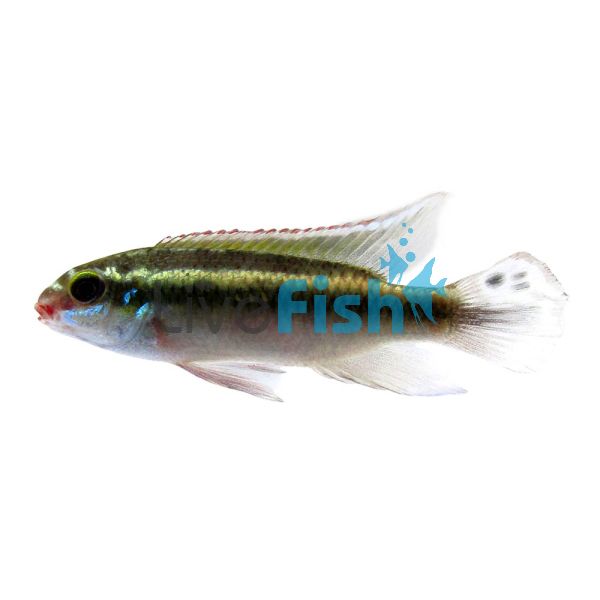Kribensis Wild Red - Ughelli 5cm
Kribensis are one of the most popular dwarf cichlids for community aquaria. Both sexes are very colourful, particularly the females in breeding conditions. They readily breed and raise fry in a planted community aquarium, laying their eggs in a cave-like shelter under a rock or driftwood. Native to West Africa, males grow to about 9cm, females to about 7cm.
- Buy 4 for $40.79 each and save 20%
- Buy 6 for $35.69 each and save 30%
Kribensis are one of the most popular dwarf cichlids for community aquaria. Both sexes are very colourful, particularly the females in breeding conditions. They readily breed and raise fry in a planted community aquarium, laying their eggs in a cave-like shelter under a rock or driftwood. Native to West Africa, males grow to about 9cm, females to about 7cm.
Cichlids from Lake Tanganyika were first collected by German hobbyists during the 1930's. However, during the 1970s and 80s, the cichlids from lakes Tanganyika and Malawi began to become popular aquarium fishes. This trend continues to the present unabated.
Their colorful appearance, the many different species available, their behavior and their breeding are just some of the reasons the Cichlids are one of the most popular aquarium fish.
Due to their aggressive behavior, the tank for African cichlids should be as large as possible, with its length being more critical than its height; meaning the longer the better.
In the Cichlid tank, there must be places of refuge. These can be rock caves, large pieces of driftwood, or even inverted flowerpots. Most large species of Cichlids will dig up the substrate material and occasionally will remove plants from the substrate. The Angelfish, Discus, and the dwarf species Apistogramma all prefer a densely planted tank.
The water temperature should be in the range of 24-28 degrees celsius, slightly higher for the Discus. The diet should consist of live and frozen food of all kinds as well as a large flake staple food. Large specimens can be fed Earthworms, garden Crickets, and kitchen leftovers.
| Scientific Name | Pelvicachromis Pulcher |
|---|




